- Vegetation Management Services
- In Your Neighborhood
- About
- Careers
- Webinars
- Articles
Practice Makes Progress When It Comes to Situational Awareness
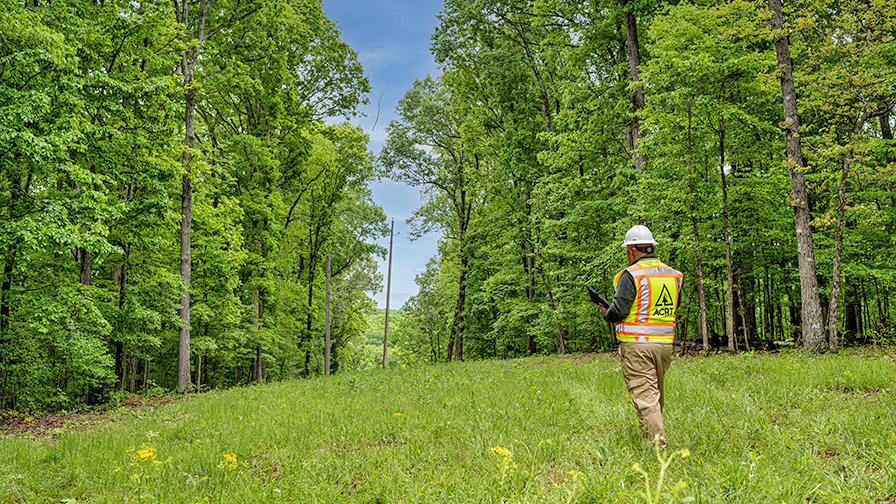
Practice Makes Progress When It Comes to Situational Awareness
By Flor Martinez, business development manager, ACRT Services
One thing that’s stood out to me and that I’ve come to value about our industry is the emphasis placed on building a culture of safety.
Recently, I was thinking about one preventative safety tactic in particular — situational awareness — and the best practices surrounding it. Who better to answer my questions than the leaders in safety throughout our family of companies?
The following safety contributors compiled their thoughts regarding situational awareness.
- Adrienne Jones, ACRT and Bermex assistant safety manager
- Bobby Purvis, ACRT safety consulting services manager
- Keith Pancake, ACRT and Bermex safety manager
- M.K. Youngblood, ACRT Pacific safety manager
In Your Own Words, Describe Situational Awareness.
“Situational awareness is like emergency management; it is all-encompassing. Keeping your head on a swivel as you realize that the situation you are in can change without warning — good or bad. Unfortunately, the bad is what we train for,” says Youngblood.
Jones also shared, “Simply put, situational awareness is knowing what’s going on around you. When something happens, humans usually have two responses: the emotional knee-jerk response or the planned, cognitive response. Situational awareness allows us to react to a situation with composure or prevent a negative situation in the first place. One of the most important goals of using situational awareness is to master the calm, planned response.”
Why is it Important to be Situationally Aware in our Industry?
Pancake explains, “We fill a unique niche in what is now being considered a craft industry due to the skillset required to work around the variety of hazards present. Most of our employees work alone, and many in remote locations with a lot of variables from terrain, animals, and interaction with many of our utility partner’s valued customers and the public. Being caught unaware of the recognized hazards can have serious consequences.”
Jones includes, “Mastering situational awareness allows us to observe, interpret, plan, and be intentional about the choices we make. The more intentional we are, the safer our choices.”
How Can Employees Practice Situational Awareness?
Practice makes progress. From my conversations with our organization’s safety leaders, I learned there’s no definite right or wrong way to practice situational awareness.
Purvis offers several ways to practice situational awareness, including:
- Practice the SLAM method (Stop, Look, Assess, Manage)
- Understand the pace of your environment
- Beware of electronic distractions
- Have an exit plan
- Speak up when dangerous situations occur
- Recognize team member tendencies
- Prevent fatigue
- Expand visibility when possible
“Play the ‘What If’ game,” says Youngblood. “What if this dog jumps the fence, what if that car swerves, what if I slip, having that mindset keeps me on my toes and helps me be my best advocate for safety.”
“A helpful visual for me when I think about situational awareness is the OODA Loop developed by former United States Air Force Colonel John Boyd,” says Jones. “This teaches us to Observe, Orient, Decide, and then Act.”
Explain the Different Levels of Situational Awareness.
Pancake notes, “Many organizations follow Marine Lieutenant Colonel and self-defense expert Jeff Cooper’s four-level color code: white (unaware), yellow (aware), orange (alert) red (alarm), and black (engage). I’ve seen several utilities that base their situational awareness training around his model for years. We gain awareness through a risk assessment and can enter the alert, ready to act once we conduct our job safety analysis and pre-job brief. By staying out of the serene, relaxed state on the job we can usually avoid entering the black phase.”
Youngblood added, “There are generally four levels of situational awareness:
- Unaware. A person who is not using their situational awareness.
- Situationally aware. Actively scanning your direct environment.
- Threat. Identifying a potential threat.
- Action. After recognizing the threat, take definitive action to avoid getting hurt. That may be escaping the threat and running, getting behind some cover, or defending yourself.”
Is it Possible to Lose Situational Awareness? If so, How?
“Situation awareness may be lost because of fatigue, distractions, stressful situations, high workload, vigilance failures, poorly presented information, forgetting key information, and poor mental models,” shares Purvis.
Pancake also notes, “Absolutely, life today is full of more information than a human can process at once. Couple this with any type of mental, emotional, financial or stresses at home and it’s really easy to lose focus on the task at hand.”
Practice Makes Progress.
A particular quote from a previous T&D World article on situational awareness by Jerry Staton, an ACRT operations manager, resonates with me: The energy you spend in evaluating every situation for potential hazards delivers an excellent return on investment. Over time, this exercise will become natural and require less effort.”
If you are threatened or feel a situation is unsafe, our safety team recommends relocating to a safe place and communicating.
Relocate
- Relocate if you have been assaulted or someone has brandished a weapon
- If there is no imminent danger, then notify work management
- Note: A threat can be verbal or physical
Communicate
- Call 911
- Notify work management after contacting the police
- Complete an incident report
Related Articles
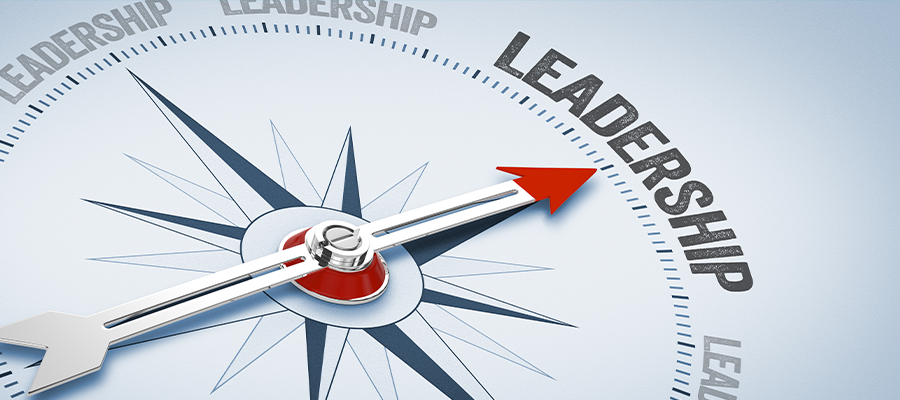
By C. Troy Ross, President, ACRT and ACRT Pacific On a chilly Monday morning, a utility vegetation management crew gathers for their weekly briefing. Instead of launching into instructions, their supervisor begins by asking each team member how they’re doing. One mentions a child’s illness, another shares excitement about a certification course they just completed,[...]
Read More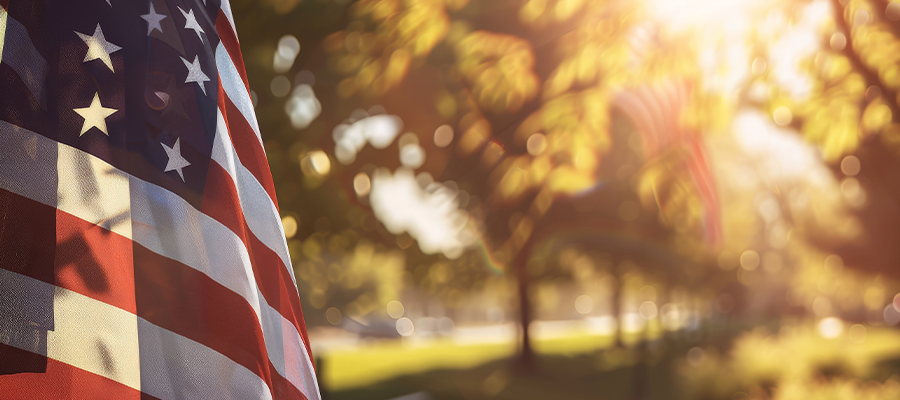
Every year on Veterans Day, we pause to honor the men and women who have worn our nation’s uniform. They come from every background and every corner of the country, united by a common purpose: to serve something greater than themselves. Their service enriches our organization, and we are grateful for the impact they continue[...]
Read More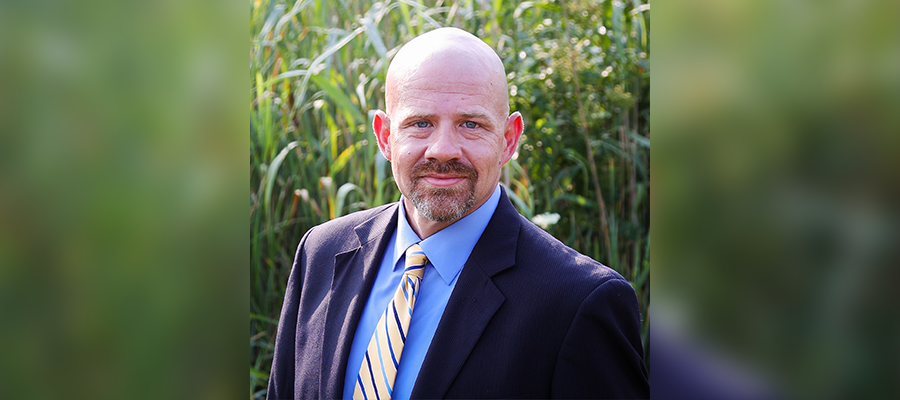
As we celebrate Employee Ownership Month this October, we are proud to highlight colleagues who have served on the ACRT Services Board of Directors. At ACRT Services, our independence as a 100% employee-owned company empowers every employee-owner to share in our success and play a role in shaping our future. This commitment reflects our mission:[...]
Read More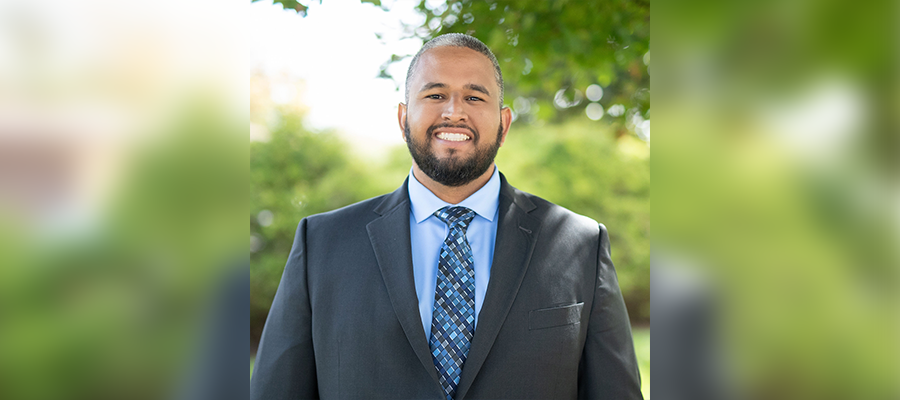
As we celebrate Employee Ownership Month this October, we are proud to highlight colleagues who have served on the ACRT Services Board of Directors. At ACRT Services, our independence as a 100% employee-owned company empowers every employee-owner to share in our success and play a role in shaping our future. This commitment reflects our mission:[...]
Read MoreRecent Posts
- Servant Leadership in Utility Vegetation Management 12th Nov 2025
- ACRT Pacific Honors Our Veterans 10th Nov 2025
- Rian Owens Receives Safety Challenge Coin 05th Nov 2025